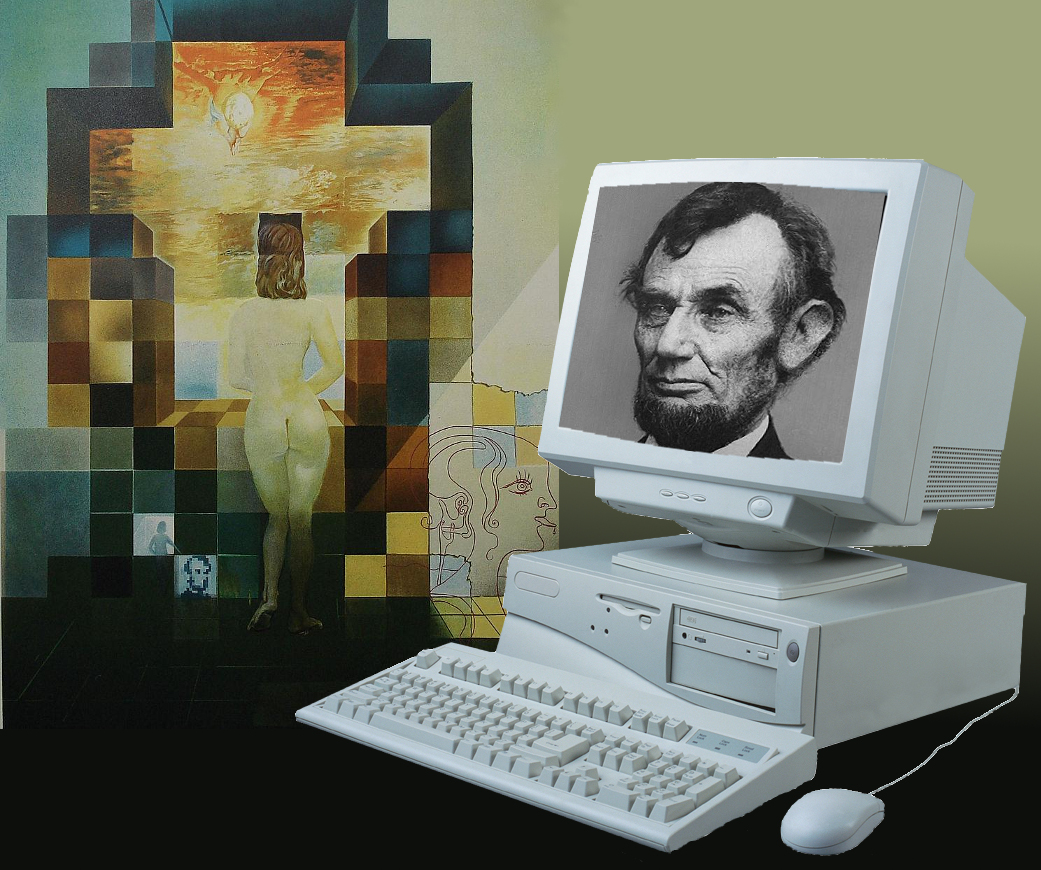
One of the strongest criticisms to the idea of machine translation is that machines cannot deal appropriately with the subtleties of languages. This applies both to the source and the target language of a translation. “What did the author mean with this sentence?” and “how can I best convey this meaning in the target language?” are two questions that machines have no idea how to answer. The whole concept of “meaning” (the concept of “concept” even!) is hopeless for them.
But the state of the art in Machine Translation systems is based on statistics. To better understand how the process works, these systems extract the answers to the previous questions that were given many times over by professional (human) translators. Certain combinations of words were translated once and again in a particular way by proficient human beings, therefore there are grounds to believe that when they appear in a document they should be translated again in this way. The reason it works is because the examples used to train the systems are massive and run into millions of sentences.
Of course this recipe doesn’t always work. The expression “¡madre mía!” in Spanish although literally meaning “my mother!” it’s an expression of shock which should be translated as “my God!” or “goodness me!” But in some situations it might be necessary to use the literal translation, because it’s being used in its literal meaning in the source language. This is the main reason why it is always necessary to have a person checking the results of the automatic translation.
To wrap up, the answer to the question posed by the title is a fairly confident “no!” But professional translators do cope perfectly well, and in a way machines can learn from them.
If you want to run a test to evaluate the quality of this new technology, please contact us at Translation Services.





